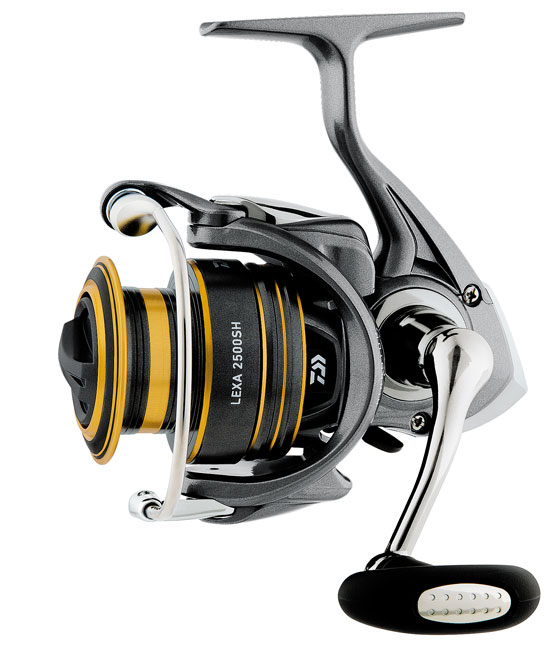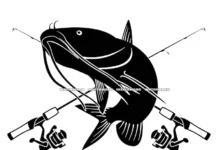November 27, 2014
By Neil Taylor, www.capmel.com
So common in the kayak fishing instruction: “Neil, at the end of the trip, what do I do with my gear?” My answer is straightforward and has been the same for the past ten years. In mos cases “nothing.”
The kayaks and all the gear associated with the kayaking part, anchoring etc there isn’t any of that gear that I do anything to. Part of the reason I “might” give that gear a bath “if it got sandy.” Otherwise, it is fine just left alone.
There are only a couple of things that do need your attention to avoid deterioration issues: Used lures (or unused lures where the metal got wet) and your fishing reels. Again, there are times when I do not have to do anything with this gear either.
What I teach in my kayak fishing charters is how to not put your equipment through the stresses of salt water. I see it regularly, the people who don’t have the training fishing reel under water as they are dealing with different situations. My own gear gets abused by the clients and so I do go by what happened to it. My reels are waterproofed but if the reels got excessive water, a dunking then at the end of the day here is what I recommend:
Take a bottle of water and while the rods are in the rod holders before you put them in the car, pour the water over the top of the reels making sure to hit the bail springs, the handle and right over the top of the spool.
Why bottled water? I learned from using the hose to clean my rods and reels after evry trip 20 years ago: City water has minerals in it. I learned to “towel dry” my reels to avoid these deposits starting to form on the reels with using the hose.![]()
Saltwater is destructive. I talk about this one regularly. I say “Look at what it did to me, I used to be good looking.” Freshwater is destructive too. A lot of the damage to reels is from the water used on then after a trip. Phil at Bay Area Reel Service (link) can tell if you are using too much water or blasting reels too hard. “Too much of a good thing” it would be better to not do it at all than to do it where fresh water is going inside the body of the reel. Otherwise, for that simple paddle drip: Mentioned above, take that water bottle and dump it over your reels lightly at the end of a trip. If your reels are not sealed like mine (which is probably the case): Bad dunkings, the reel comes off and should go to your servicing person. Do NOT submerge a reel in freshwater. If it has water in it, it needs to be opened, serviced and re-sealed. Getting freshwater in there is not a solution.
My craft stay on top of my vehicle. Do I hose them down up there? It depends. If I put them up there dry, I might just skip it altogether or hose off the windshield which is bound to have some drips. Hosing off the boats/vehicle is for the vehicle, not the boats. I do like the clients to have a clean boat the following day but that is usually achieved by how I drain the boats before they are loaded on the roof.
Tip: Extending the life of your fishing reels. Once a week I spray the handles and bail sides with silicone spray. The kayak: Not necessary but I do it to get the sand off the boats so they’re clean for the next day. The way they’re made, unless you added something that’s not saltwater grade, you’re not going to have anything happen to your boat. Items that get washed every time: Scissors (and pliers and fillet knife if they’re used). And my hands. Just seeing if my mother is reading.
Neil Taylor
Owner and guide: Strike Three Kayak Fishing
(Cell) 727-692-6345 LivelyBaits@aol.com
Owner and site administrator: Capmel.com
- The Neil Blog… - July 26, 2023
- The Catfish - July 26, 2023
- update - July 22, 2023











